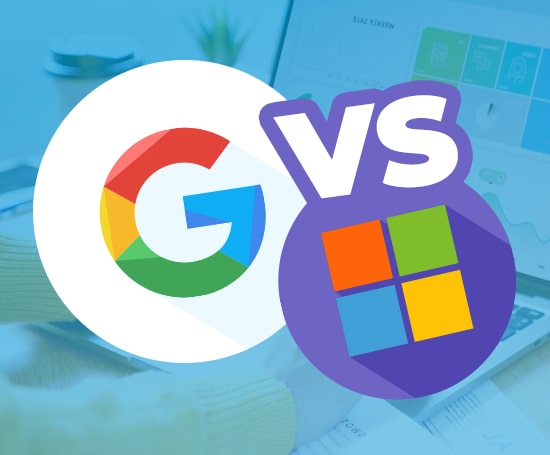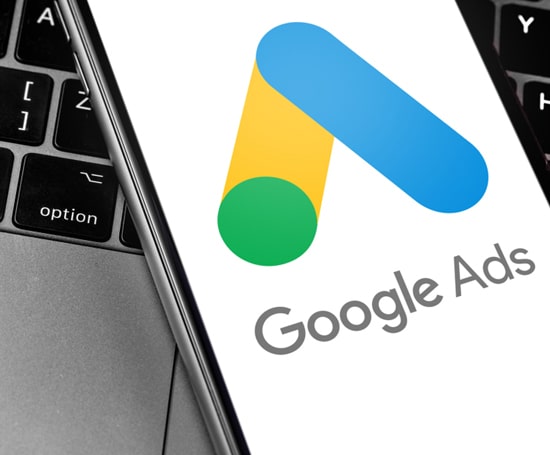Latest From The Sayu Blog



An explanation of how optimising landing pages for pay per click can increase the profit of a campaign and the return on investment (ROI) of every click.
Paid advertising campaigns can be used to achieve any number of goals. Advertisers may want to generate orders, create new leads, buy cheap traffic for advertising revenue, collect e-mail addresses or even just promote their brand. However, the measurability of PPC has meant that it is primarily a direct response marketing tool, and the ROI of every click is vital.
One of the key factors that advertisers should consider when looking to increase the profit of a campaign is optimising the landing page - the page that the user ends up on when they click on your ad. By optimising the landing page you will ensure that your site is converting as many of your paid visitors as possible and that you are making the most of your spend. Advertisers that fail to take this into account may be wasting valuable profit margins, or writing off potentially good campaigns that have been unsuccessful simply because they were not given a fair chance. Advertisers that make the most of their pages find that they get more sales for the same spend, make better margins and can therefore put more money into advertising.
The first step to optimising your landing page is to choose the right page to start with. Inexperienced advertisers can sometimes point all of their adverts to one page on their site, forcing paid visitors to search your site to find what they are looking for. Pay per click advertising on networks such as Google, Yahoo and MSN is a powerful tool, and these networks allow you to make your campaigns as granular as you would like. If you are advertising for multiple products or services, split your campaign into different groups for each product and make your ad text and landing page specific to each product that you are targetting. Removing that extra step needed to purchase your goods or services will make your users all the more likely to convert.
The next stage is to make sure you optimise the best landing pages possible for the user. It is a general rule in pay per click marketing that the user should see consistency across the entire buying process. If a user enters the search term "japanese dictionary", then they are more likely to click on adverts that contain the exact term "japanese dictionary" (preferably in the advert title) and are more likely to convert on a page with the words "japanese dictionary" displayed to them immediately and prominently. The technique for optimising landing pages can be taken to the extreme - some advertisers will make multiple versions of the same page to deal with different variations of popular terms, while others will interogate information sent to them by the user's computer in order to work out exactly what the user typed into the search engine. This level of optimising landing pages can be successful in some circumstances, but are probably overkill for the average retailer or service provider - instead it is usually adequate to bear this rule in mind when designing your landing pages and adverts and try to cover as many of the key terms as you can.
To keep with our Japanese Dictionary example, an inexperienced retailer may advertise on the term "Japanese dictionary" with the following ad text:
Cheap Kodansha Dictionary
Low price reference books for
university and college students.
www.cheapreferencebooks.com
When the user clicks on the advert they may be taken to a dictionaries page with the headline "Low Price Dictionaries for Language Students" and a list of dictionaries on the page for the user to look through. At no stage throughout the process has the user's very clear requirement of a "japanese dictionary" been re-enforced, and the user is instead made to take unnecessary steps to purchase the product they want to buy.
In an ideal world the advertiser may have presented the advert:
Japanese Dictionary
Low price Kodansha Japanese
dictionary. Free delivery.
www.cheapreferencebooks.com
When the user clicks on the advert they would be taken to the "Kodansha Japanese Dictionary" product page, with the words "Kodansha Japanese Dictionary" clearly written in large type at the top of the page, immediately in view of the visitor when they arrive at your site. This will show the user at every stage that you are taking them in the direction that they want to go, and that the service that you provide is the one that they want.
Usability best practice is a factor that many retailers fail to consider, but can boost conversions from both your paid and natural traffic, and can be applied to every page on your site, not just your landing pages. The key to good site usability is removing the need for the user to figure out how to acheive their (and your) goals on your site. The more the user has to think, the less likely they are to convert.
Usability optimisation on landing pages is especially important because a user who has just arrived at your site makes immediate evaluations about all aspects of your business, including whether you provide the service they're looking for, and whether you are a trustworthy company to do business with. At this delicate stage in your relationship with the customer, the customer is extremely fickle and can just as easily leave and go to a competing site. Therefore small adjustments to the quality of your landing pages can increase conversions dramatically.
So what are the best practice factors that you should be looking at in optimising your landing pages? Usability is a huge topic in itself, but pertinent examples might be:
The great thing about working on the web is that almost everything is measurable, and this means that when you make changes, you can test them. Unfortunately, determining cause and effect in any test is not always so easy - in a simplistic example if you run one design in November and another in December you may conclude that the December test was more successful, even though the increase was just down to Christmas traffic. Therefore the ideal tests are carried out simultaneously.
A/B and multivariant testing are the best ways to approach these problems. In A/B testing, you split your visitors into two equal and random groups, and then show one group one version of a design and another group the original, control version. If the test group convert significantly better than the control, then the test is a success, and the new design is implemented. If the test group convert less well, then the original design is re-instated.
Multivariant testing is the same as A/B testing but with multiple streams to test multiple changes at the same time, and is usually only practical on sites with very high levels of traffic.
Companies that do not have the resources to implement A/B testing themselves can often form a relationship with third party suppliers to provide this for them, but even this can be inhibitively expensive for very low volume operators. A simple alternative to A/B testing for testing the optimisation of your landing pages is to install Google Adwords conversion tracking on your site, and then set up one adgroup with a series of popular keywords, and two adverts with the same ad text but a different target URL. The first target URL can point to the original landing page, the second can point to a modified version.
There are some important factors to consider when testing your landing pages:
Google have recently added one further complication to landing page optimisation - the Google landing page quality score. The Google Quality Score is an algorythm that Google use to judge the quality of a page - i.e. whether the page is useful to the user. It has always been used in Google's analysis of natural results, and SEO experts are very familiar with its ever changing rules. But in PPC it is new, and Google are using it to set the minimum bid allowed per keyword per site - if your site is judged low quality you're minimum bids will be more expensive.
So what are the rules that make a page low quality? Google always change these rules and never make the details of them public - if they did then spam sites would easily find ways around them. But generally it can be assumed that a page is low quality if:
It is also often theorised that Google are using behavioural data to measure the quality of a page - for example, when a user arrives at a page do they press the back button straight away and return to Google, or do they continue on into the site. Whether or not this is true is uncertain, but if it is then your conversion optimisation could also positively affect the minimum CPC in your Adwords campaigns.
Although the introduction of the Google quality score was bemoaned by many in the webmaster community, it does provide genuine retailers and service providers with an advantage over high volume spam sites that they did not have before. For those who are happy to generate a positive user experience, complications such as this often also mean opportunities.
Landing page optimisation is an extremely important part of an internet marketing strategy, and optimising your pages can not just increase sales but it can also free up advertising revenue that was not there before and therefore increase traffic. There are many factors to consider, but ultimately with conversion optimisation the focus has to be on the visitors needs and providing the easiest and best experience available.


